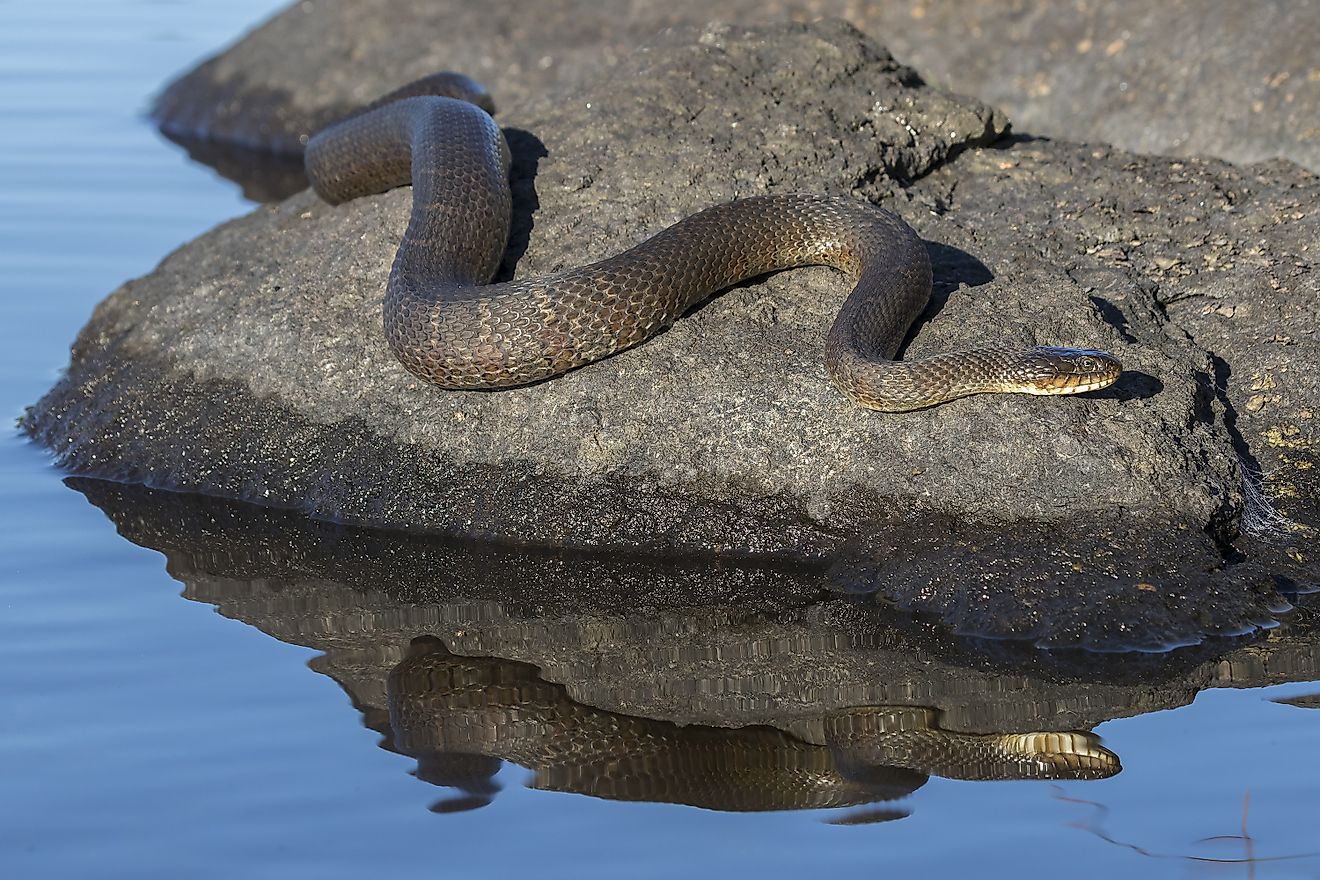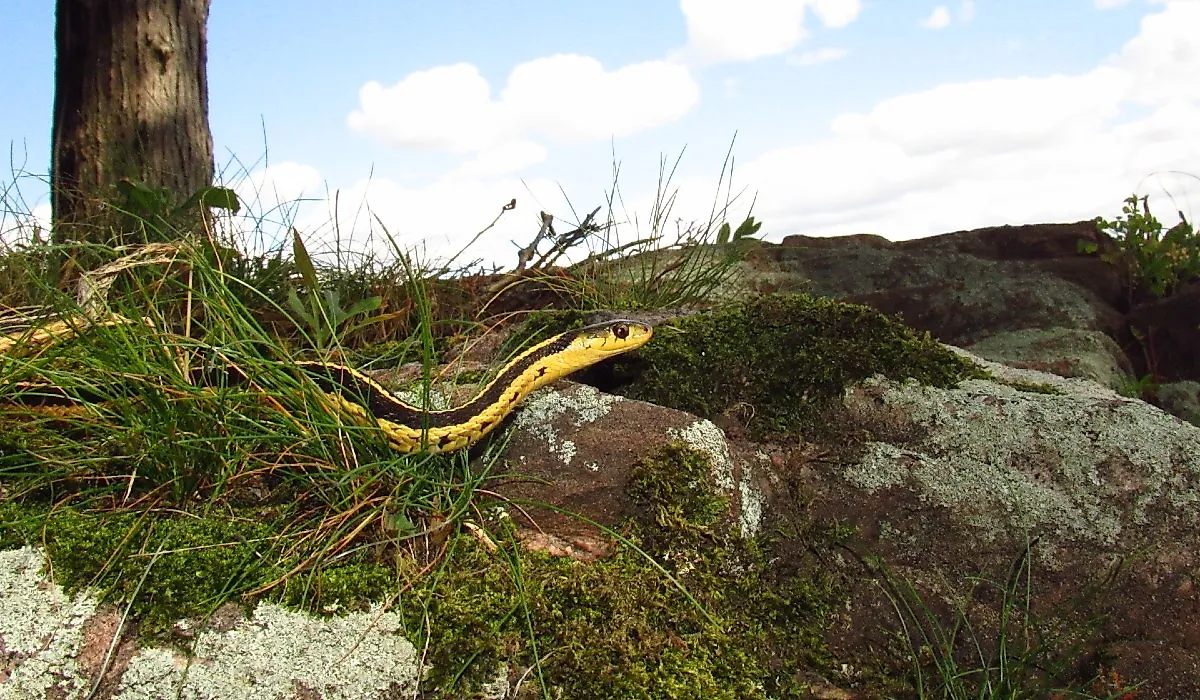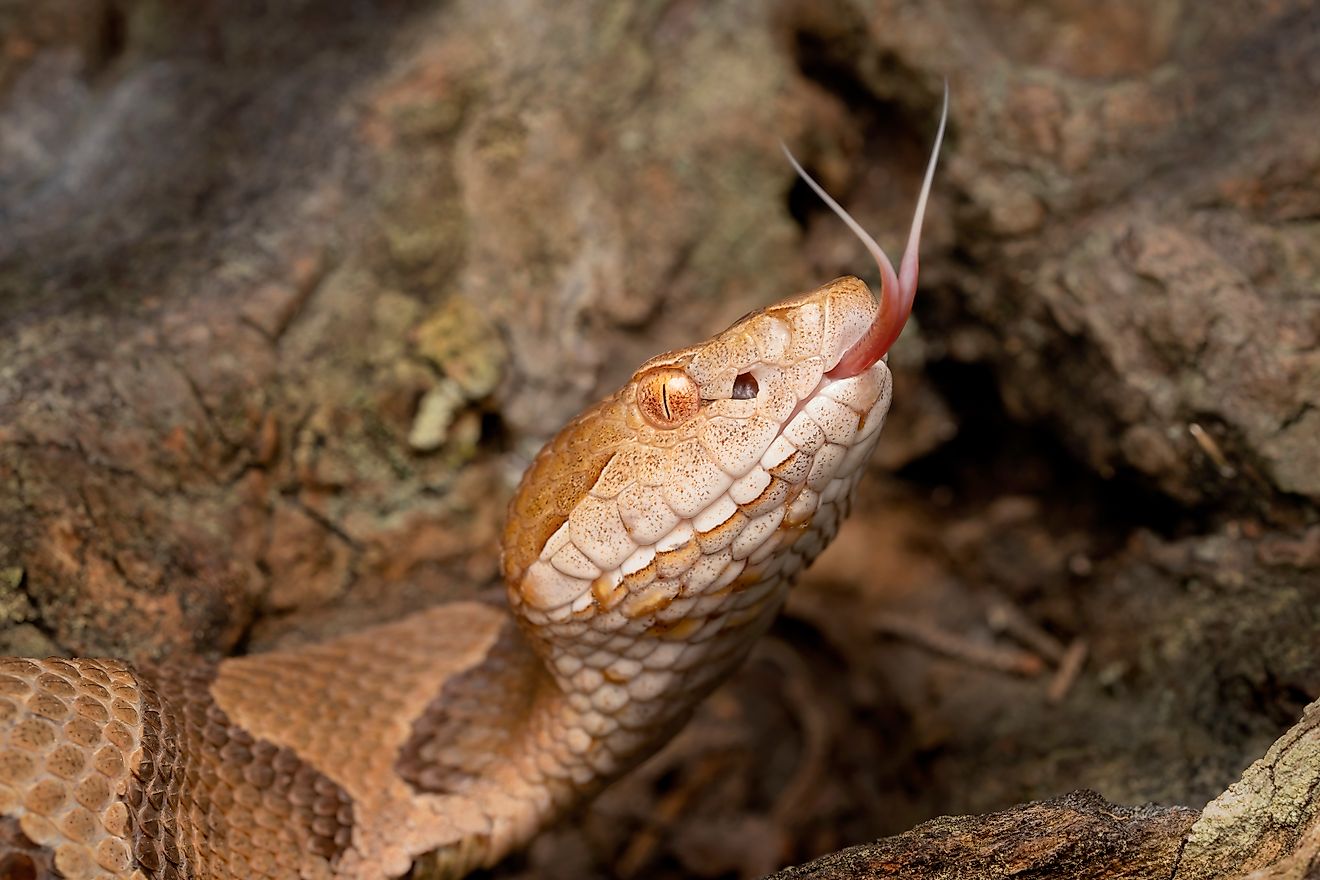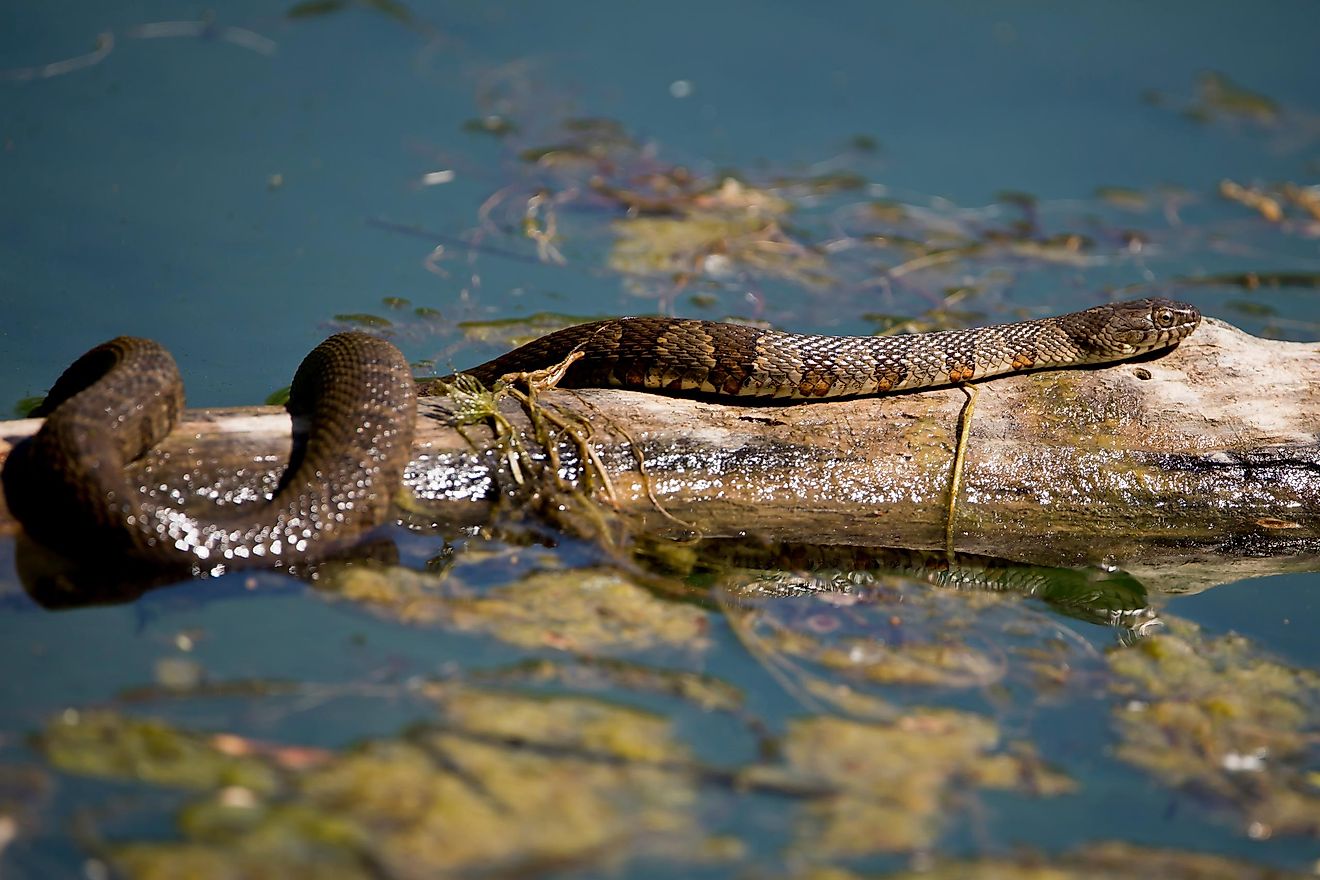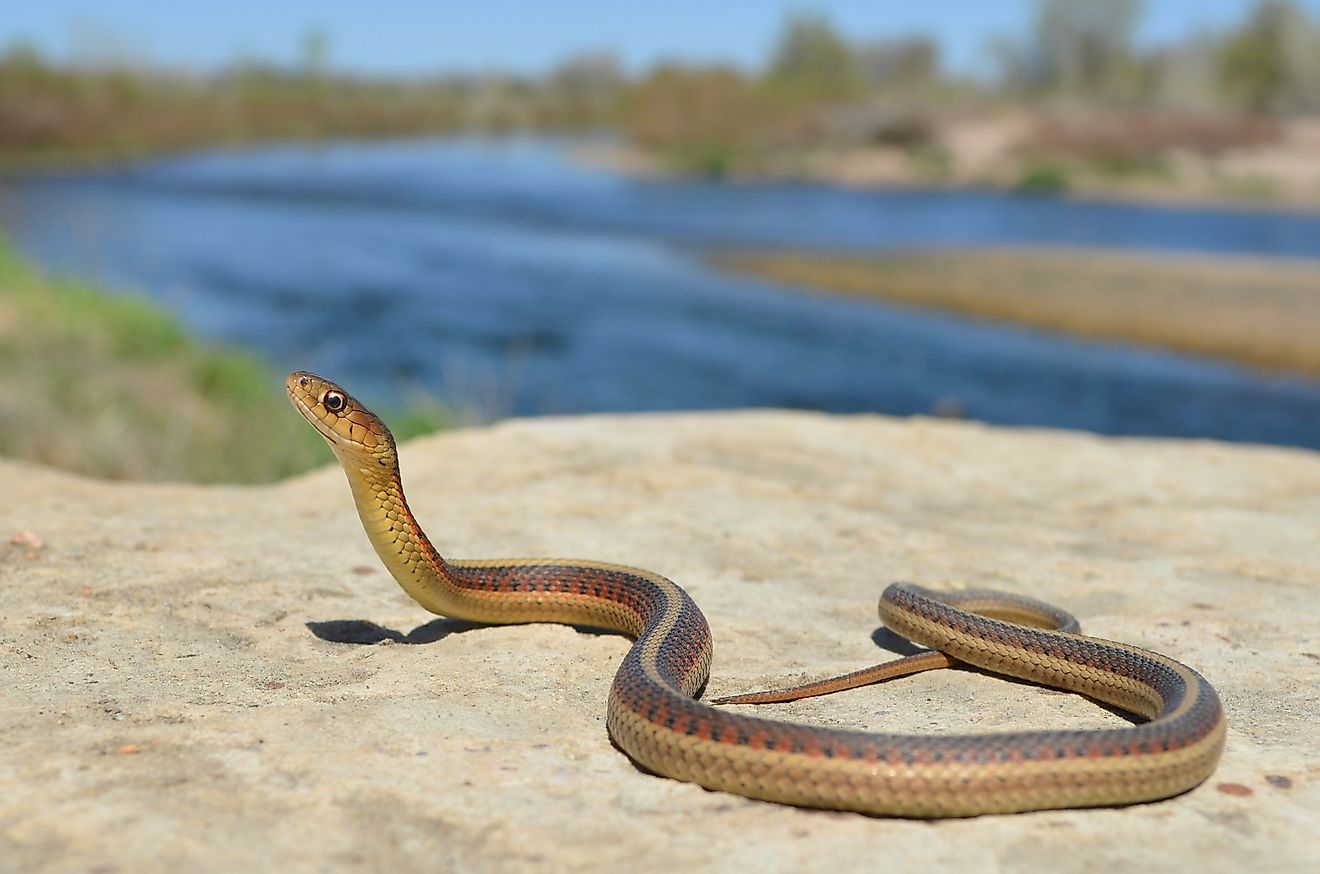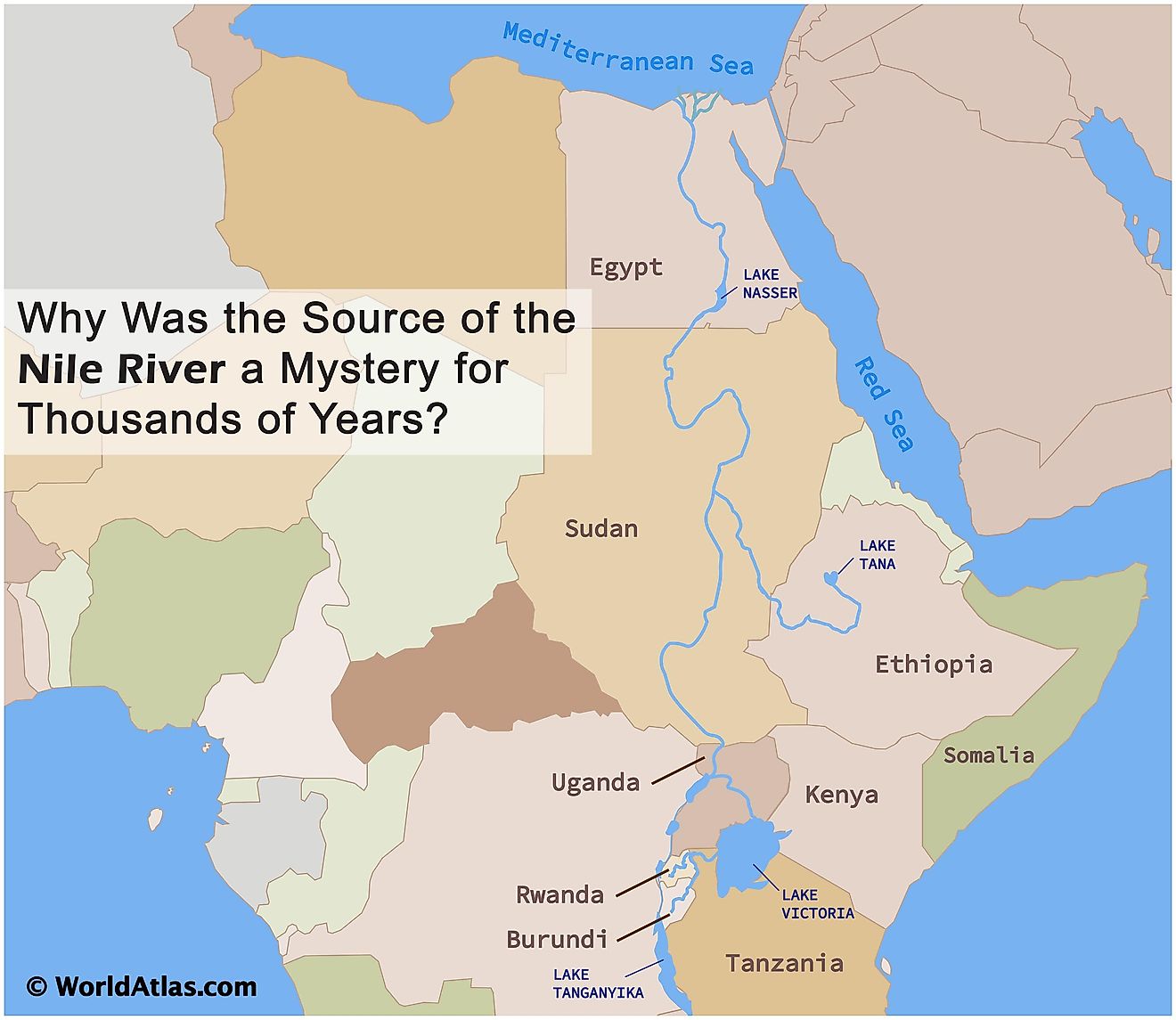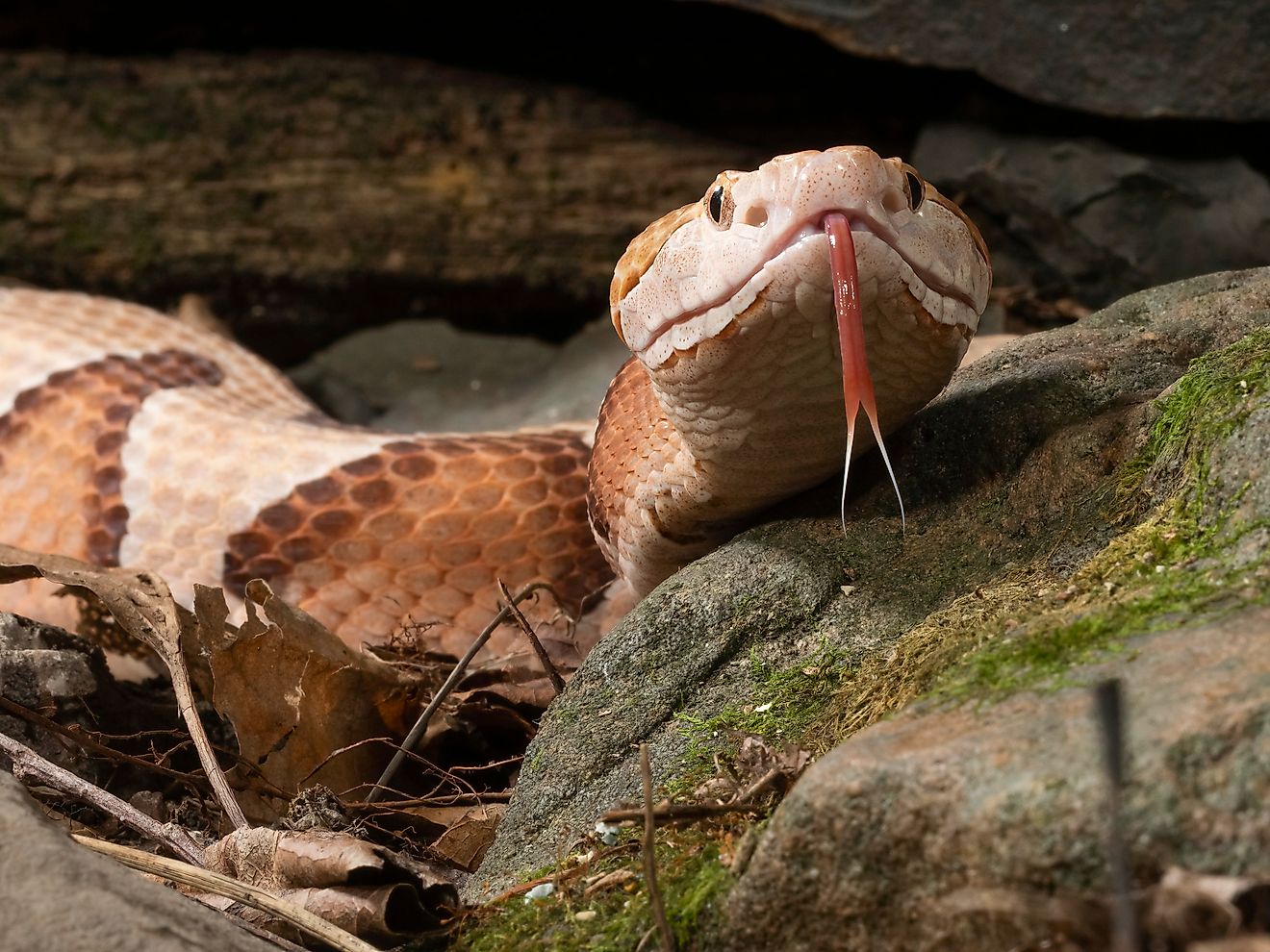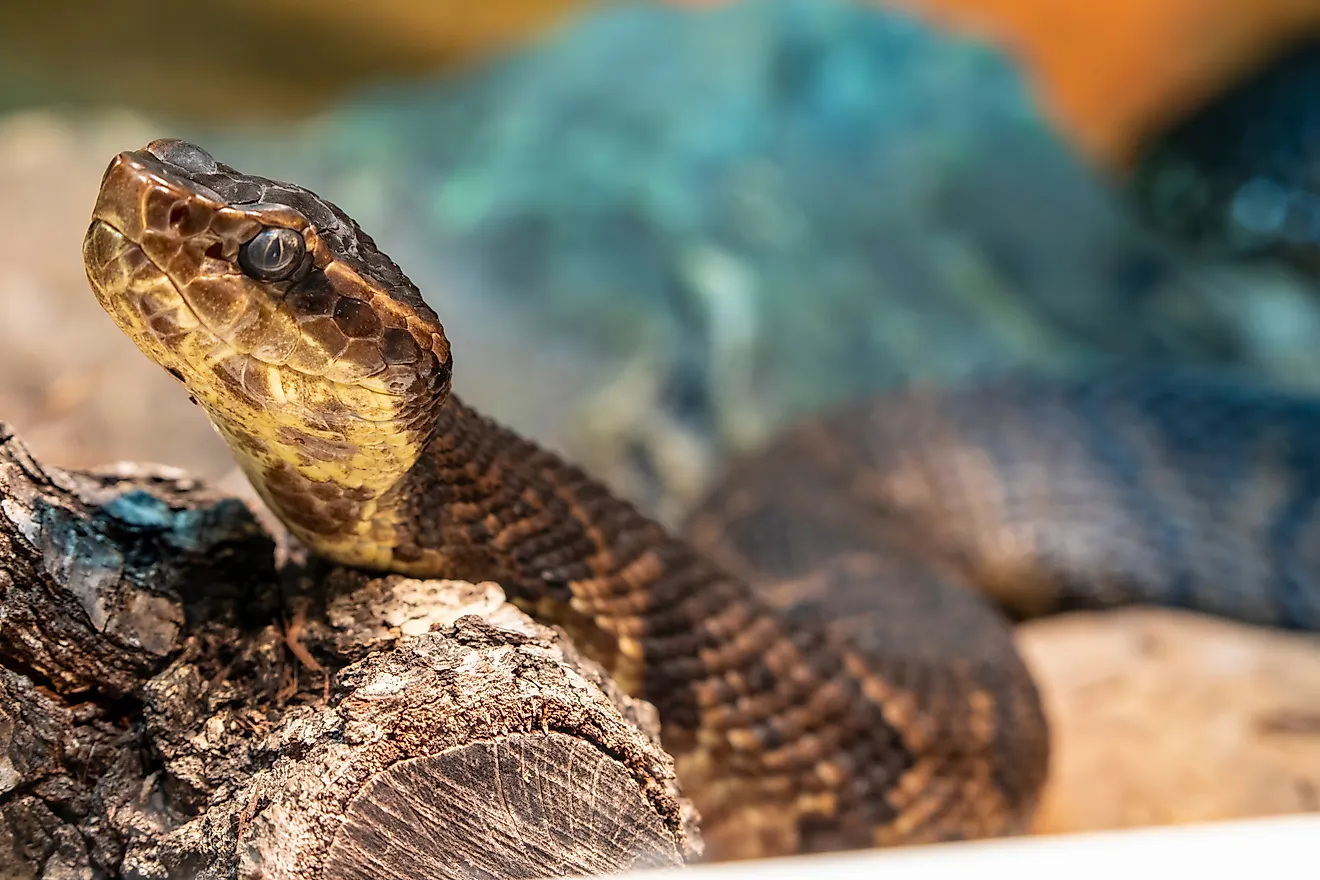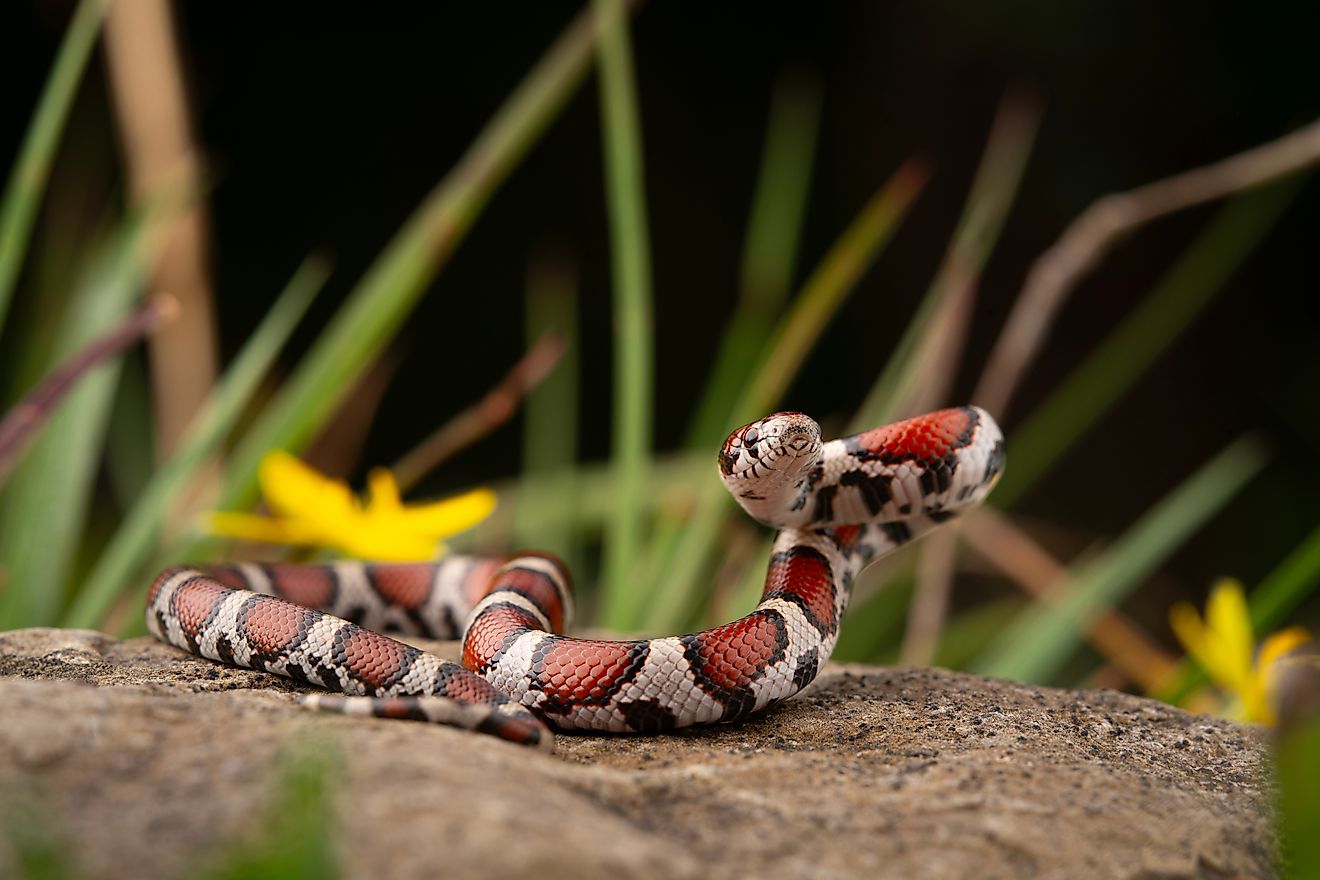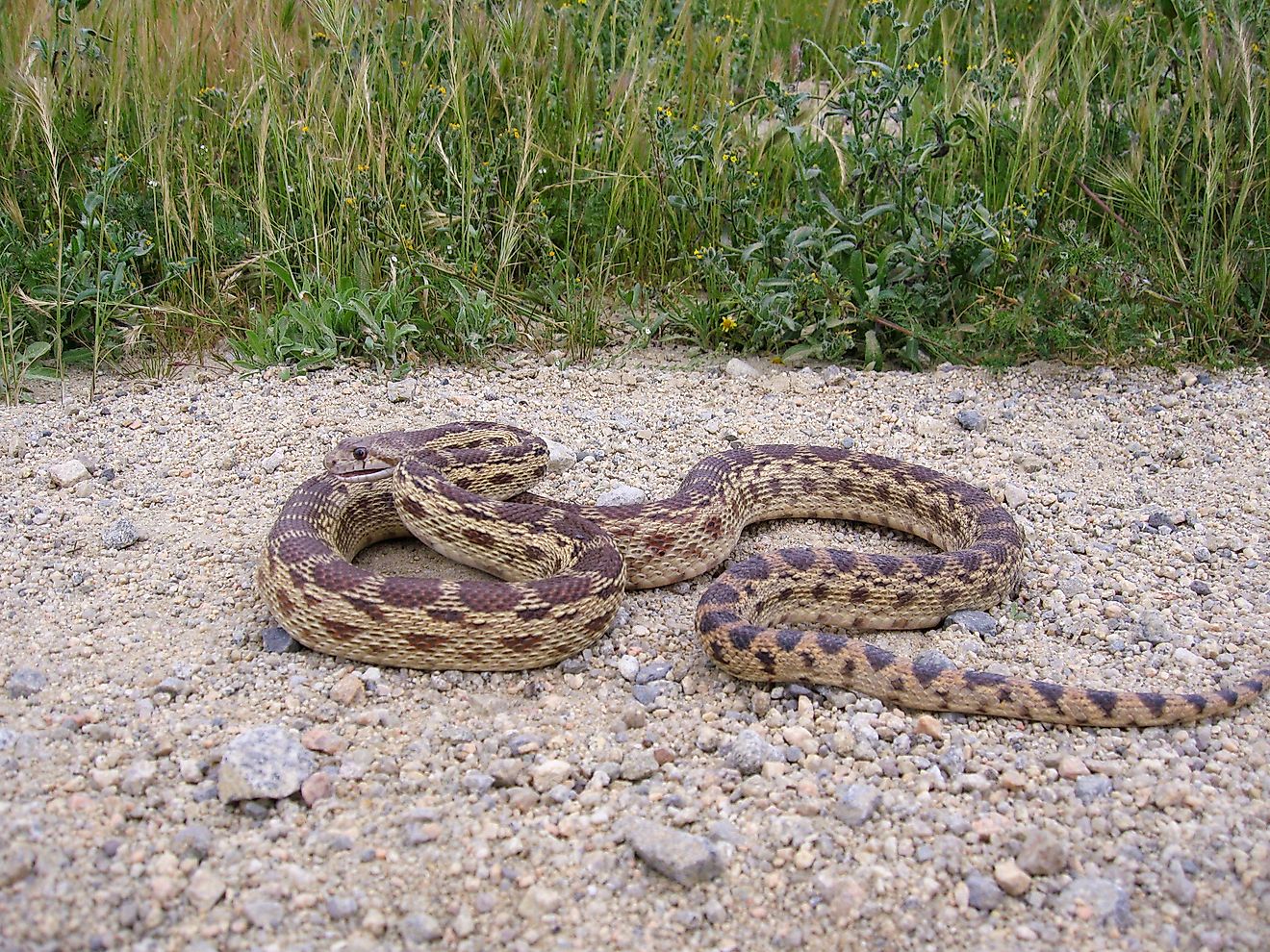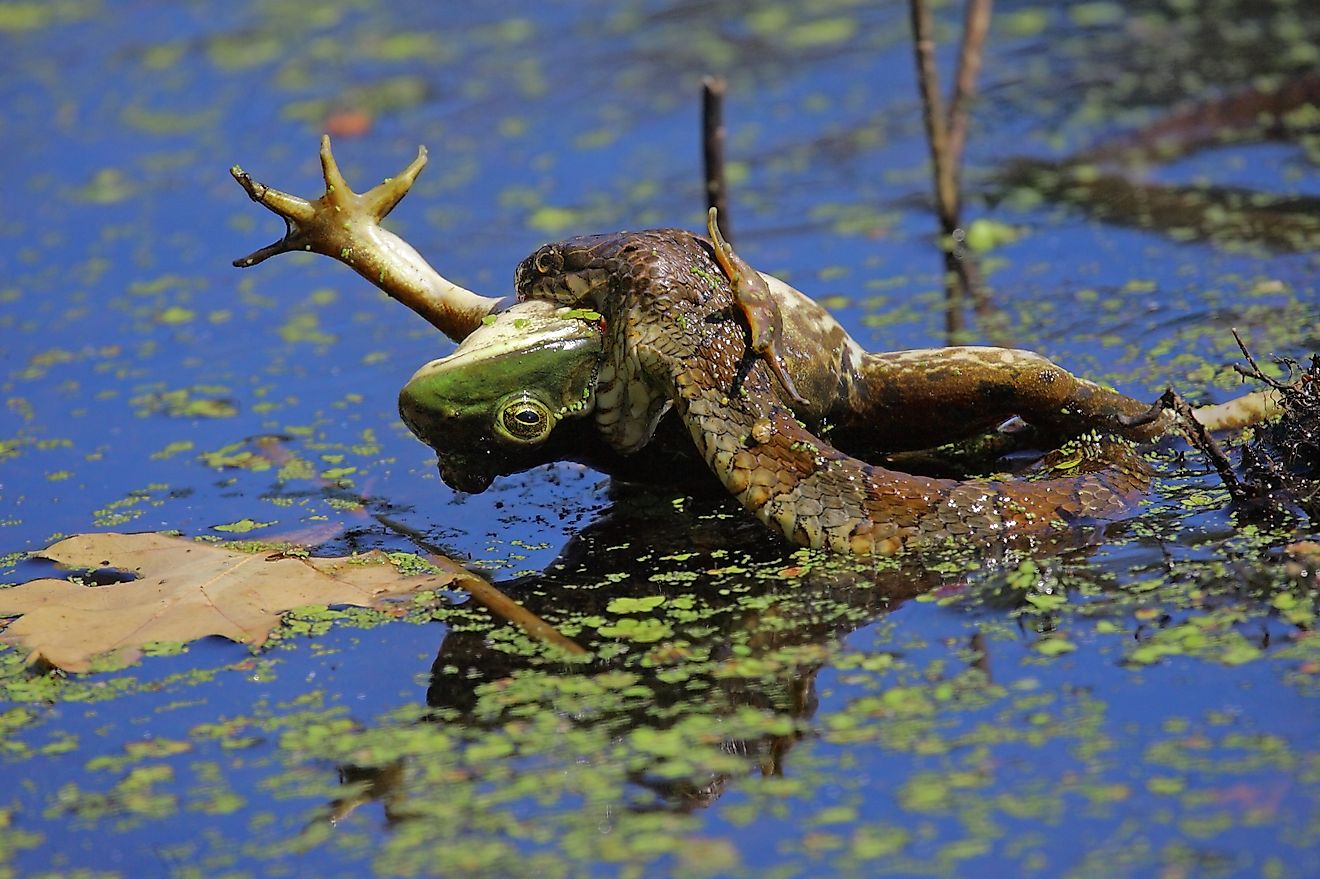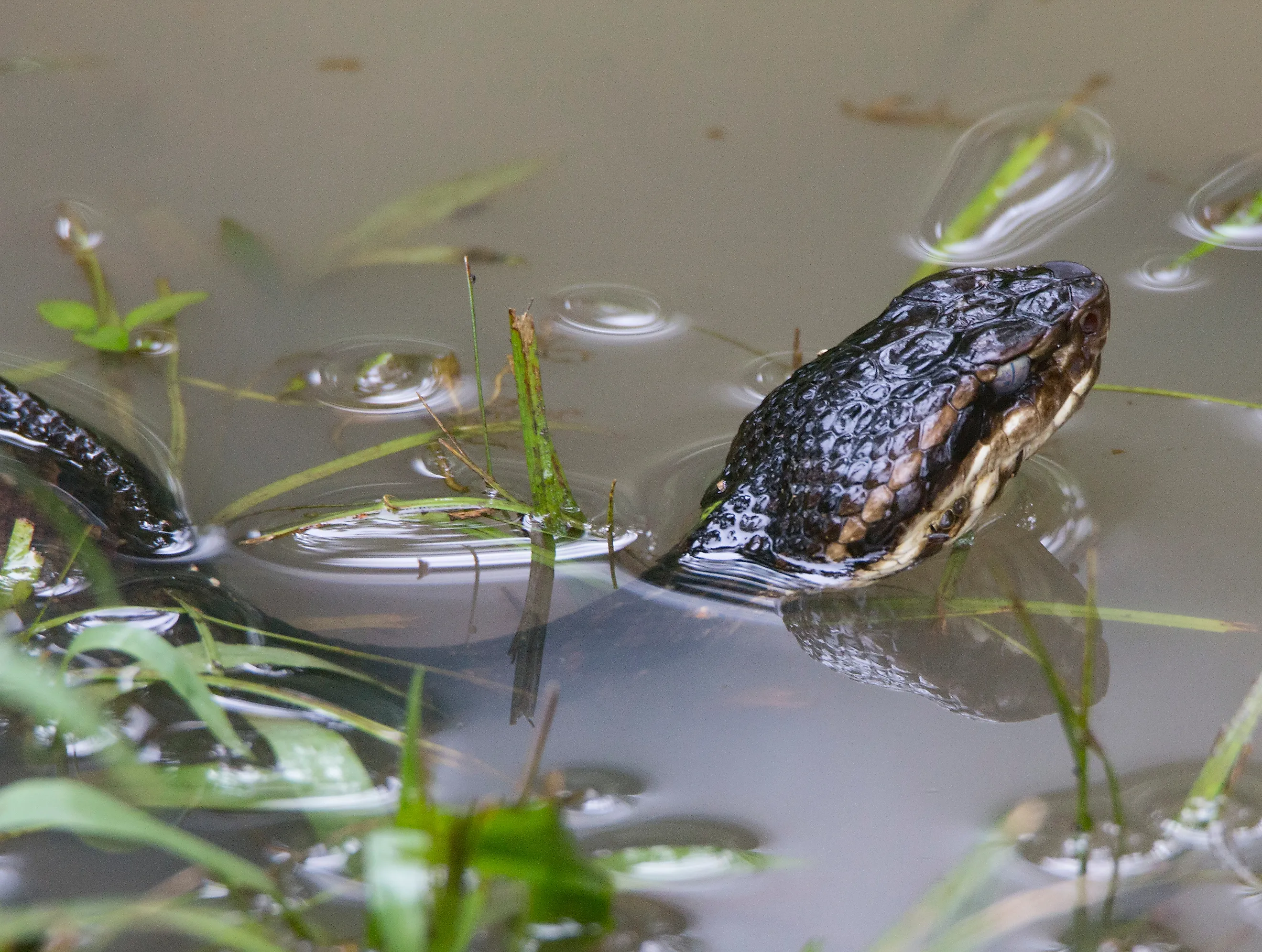
The Most Snake Infested Rivers In Mississippi
Mississippi’s landscape is laced with rivers, creeks, bayous, and other natural drainage networks. Mississippi has approximately 81,316 miles of river. Apart from the Mississippi River, which makes up the western border of the state, other main rivers include the Pearl, Pascagoula, and Tombigbee, along with their main tributaries, the Tallahatchie, Yazoo, Big Black, Leaf, and Chickasawhay rivers. All rivers in Mississippi eventually flow into the Gulf of Mexico.
Mississippi's varied landscape, from river floodplains and marshes to pine forests, supports a wide range of habitats that meet the needs of different snake species. Mississippi is home to 55 other species of snake - 6 of which are venomous.
Pascagoula River
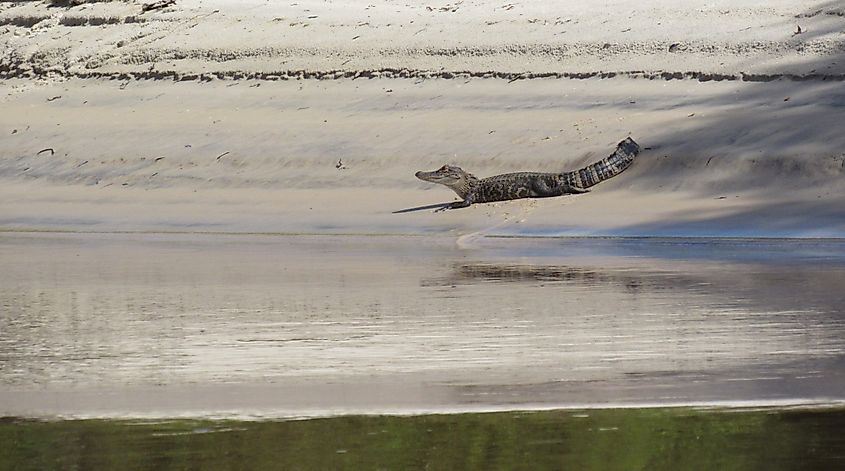
The Pascagoula River stretches roughly 80 miles long, and is referred to locally as the “singing river” due to strange humming sounds audible in its vicinity. It is a saltwater-influenced freshwater river with many oxbow lakes: Dead River, McCrae Dead River, Big Lake, and Caswell Lake. The river is celebrated for being the largest undammed river in the contiguous United States, flowing freely from the confluence of the Leaf and Chickasawhay rivers to the Gulf of Mexico.
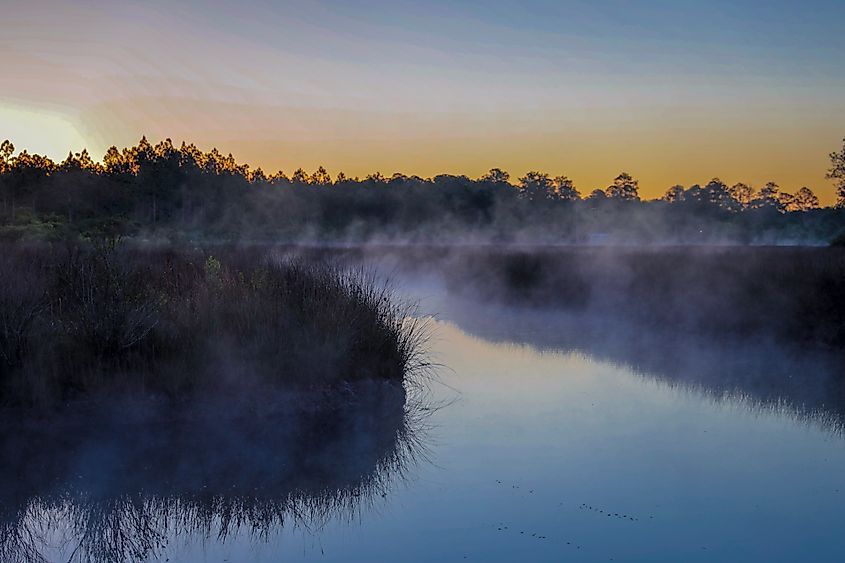
The Broad-Banded Watersnake (Nerodia fasciata confluens) is present in the Pascagoula River. It is a subspecies of the Southern Watersnake (Nerodia fasciata). They are often spotted on branches overhanging the water, basking in the sun's heat. Broad-Banded Watersnakes are primarily nocturnal and spend most of their time hunting along the shoreline, mainly eating small fish, but may also eat frogs. They are non-venomous and characteristically docile. However, if they are cornered or grabbed, they will flatten their heads, release a foul-smelling musk from glands near the tip of their tail, and may even bite.
Pearl River

The Pearl River rises in east-central Mississippi and flows southwest through Jackson, the capital of the state. From there, it flows south into Louisiana, where it empties into the Gulf of Mexico via the Mississippi Sound. The Pearl River flows for approximately 411 miles, and, along with its tributaries, drains a total of roughly 7,600 square miles.
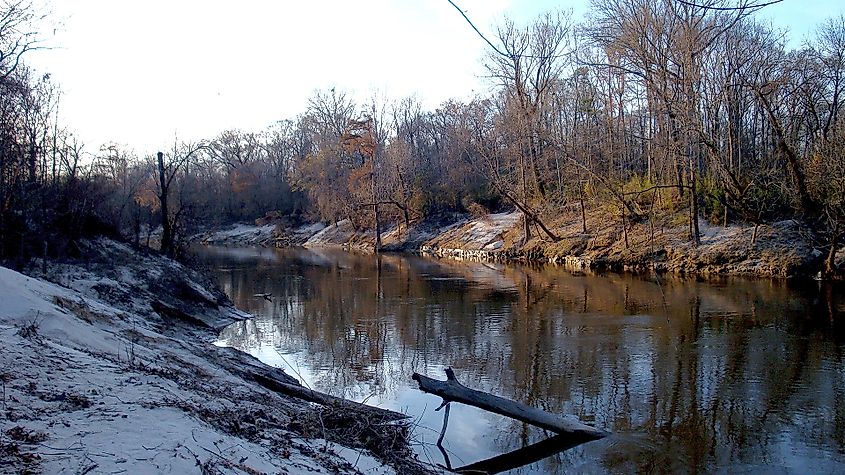
The Pearl River system is unique as it is the only place where the Mississippi Green Watersnake (Nerodia cyclopion) can be found. They range in color from dark green to olive or brown, with yellow bellies. They are found near calm or slow-moving bodies of water, including cypress swamps, sloughs, streams, lakes, ponds, and flooded woodlands. Characteristic of Watersnakes, they are nocturnal, live on a diet of small fish and amphibians, and will try to flee if capture is attempted.
Tombigbee River
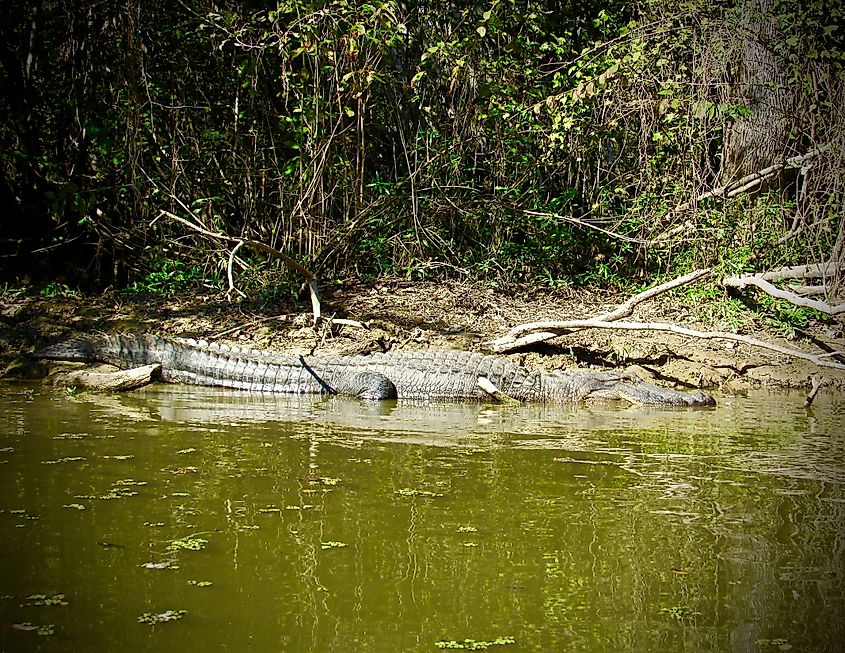
The Tombigbee River is formed in northeastern Mississippi by the confluence of the West and East forks near Amory. The river flows south for nearly 525 miles, where it merges with the Alabama River. These two rivers form the Mobile River, about 45 miles north of Mobile, Alabama. The Tombigbee River drains about 21,100 square miles.
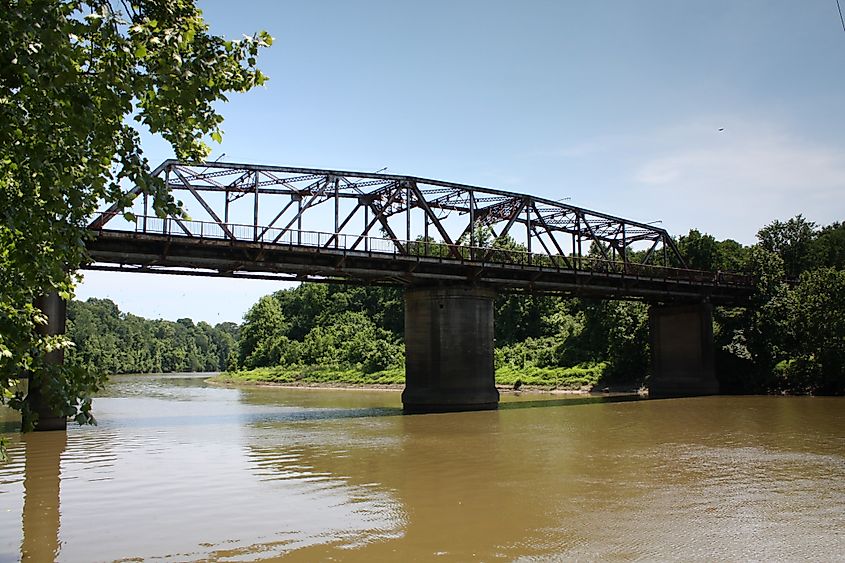
The Tombigbee River is home to many species of Mississippi’s snakes, including the Broad-Banded Watersnake. It is also home to the Brown Watersnake (Nerodia taxispilota). Studies indicate these snakes remain close to backwater habitats and choose steep banks and the outside bends of rivers, as they present more perch sites. They have several rows of strongly-keeled, dark brown dorsal scales spanning from head to tail that are suitable for swimming, and ventral scales that are a much lighter shade of brown.
Big Black River

The Big Black River rises in north-central Mississippi, flowing southwest for 330 miles, where it enters the Mississippi River 23 miles southwest of Vicksburg. As a tributary of the Mississippi River, a lot of wildlife native to the Mississippi River also extends to the Big Black River - including the venomous Cottonmouth (Agkistrodon piscivorus). They are a medium to large-sized pit viper that frequents creeks, swamps, bayous, and virtually all aquatic habitats in the state.
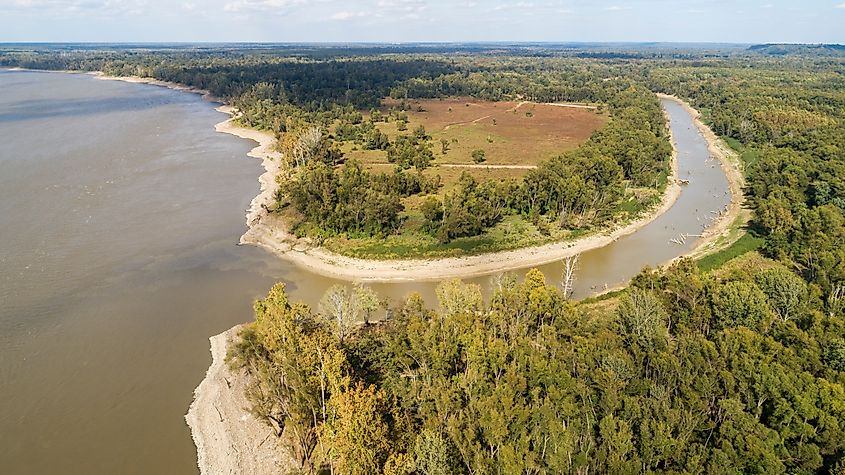
They are nervous and irritable snakes, and often gape their mouths wide open when startled, exposing a light interior - thus the name, Cottonmouth. Out of the six species of venomous snakes native to Mississippi, the Cottonmouth is responsible for the majority of snakebites in the state, with serious medical implications documented following bites from this species. Cottonmouths are often confused with many species of Watersnakes, as they both have dark coloration and thick bodies, which results in many Watersnakes being needlessly killed.
Staying Safe from Snakes in Mississippi
While Mississippi may be home to six venomous snakes, it is essential to remember that harmless, non-venomous snakes are encountered more frequently. That being said, it is good practice to exercise caution around all snakes, regardless of whether they are close to water or not, if you are unable to identify them confidently. Remember to view wildlife from a distance and never try to approach or capture it.
